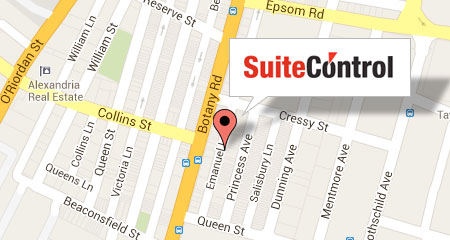Why Do My Veins Hurt: Understanding the Causes and Seeking Relief
Blood vessel discomfort is a typical grievance that can materialize in numerous components of the body, including the legs, arms, and also hands. While periodic discomfort may be a normal event, relentless or serious vein discomfort should not be ignored. In this short article, we will discover the primary reasons for blood vessel discomfort, potential issues, and also efficient solutions to alleviate the pain.
Understanding the complex network of veins in our bodies is vit tonerin in farmaciial to understand why vein pain takes place. Veins are accountable for carrying deoxygenated blood back to the heart, overcoming the force of gravity. The walls of capillaries consist of tiny valves that protect against the blood from flowing in reverse, guaranteeing a unidirectional circulation. Nonetheless, when these shutoffs come to be weakened or harmed, blood can merge and also gather in the capillaries, leading to discomfort and also other signs.
Reasons For Vein Pain
1.Varicose Veins: Varicose capillaries are bigger, twisted veins that typically happen in the legs. They can cause pain, heaviness, as well as hurting experiences. Obesity, genes, maternity, and also prolonged standing or sitting can contribute to the development of varicose blood vessels.
2.Deep Blood Vessel Apoplexy (DVT): DVT is a serious condition defined by the formation of blood clots in the deep blood vessels, normally in the legs. It can trigger localized discomfort, swelling, warmth, and also soreness. DVT is a medical emergency that requires immediate interest, as blood clots can displace and take a trip to the lungs, causing a possibly lethal condition called lung blood clot.
3.Phlebitis: Phlebitis refers to the inflammation of capillaries, most generally happening in the legs. It can create discomfort, redness, swelling, and heat over the damaged area. Phlebitis can be an outcome of blood vessel damages, infection, or the presence of an embolism.
4.Shallow Thrombophlebitis: Surface thrombophlebitis is a problem identified by the inflammation of the capillaries just listed below the surface of the skin. It generally takes place in the legs and also can create discomfort, soreness, guavital as well as a hard, cord-like vein. While shallow thrombophlebitis is generally not severe, it can be an indicator of a hidden medical problem.
- Other Reasons:
- Injury or injury to the blood vessels
- Peripheral artery illness
- Raynaud’s disease
- Recurring movement
- Infections
- Growths
It is essential to talk to a healthcare professional to establish the exact source of your vein pain as well as obtain suitable treatment.
Signs and symptoms and Issues
The signs connected with vein pain can vary relying on the underlying reason. Common signs and symptoms consist of:
- Discomfort or hurting feeling
- Swelling or swelling
- Noticeable blood vessels
- Discoloration of the skin
- Feeling of thickness or fatigue
- Itching or a throbbing experience
- Heat or soreness over the damaged location
Disregarding capillary discomfort can bring about potentially significant issues. If left neglected, conditions such as DVT can cause lung embolism, a blockage in the lung arteries, which can be fatal. It is essential to look for clinical focus if you experience consistent or severe blood vessel discomfort, specifically if come with by other disconcerting symptoms.
Alleviating Capillary Discomfort
While therapy choices for capillary discomfort depend upon the underlying cause, some basic actions can assist ease the pain:
1.Elevate Your Legs: If you have blood vessel pain in your legs, elevating them over heart level can decrease swelling and relieve pain.
2.Compression Panty hose: Compression stockings can enhance blood flow and also eliminate signs and symptoms of varicose blood vessels. They apply mild stress to the legs, assisting the veins as well as muscles move blood effectively.
3.Normal Workout: Taking part in low-impact exercises, such as swimming or strolling, can enhance blood flow as well as reinforce the muscular tissues that sustain your capillaries.
4.Weight Administration: Preserving a healthy and balanced weight can lower the strain on your capillaries and also reduced the risk of establishing varicose veins.
When to Seek Clinical Interest
While these self-care actions might offer temporary relief, it is vital to get in touch with a health care expert if:
- The discomfort persists or gets worse in time
- There is excessive swelling or heat around the affected area
- New signs develop
- You have a history of blood clots or a family history of vein-related problems
- You experience trouble breathing or chest pain
Takeaway
Capillary pain is a typical issue that can be triggered by various aspects, consisting of varicose blood vessels, deep blood vessel apoplexy, and also phlebitis. Recognizing the reasons, signs and symptoms, and also possible complications related to blood vessel pain is crucial in looking for suitable treatment and also avoiding significant effects. If you experience relentless or severe vein discomfort, it is necessary to seek advice from a health care professional to figure out the underlying cause and obtain correct care.








